Job Openings Remain Very High, Indicating Resilient Demand for Workers
The JOLTS report casts further doubt on the need for a rate cut from the Federal Reserve in the months ahead.

The JOLTS report casts further doubt on the need for a rate cut from the Federal Reserve in the months ahead.

Job openings, hires, and quits all indicate a strong labor market, putting the case for interest rate cuts into doubt.

The red-hot labor market that warmed the economy in recent months, showed signs of cooling in November, with employers looking to fill fewer positions, fewer workers quitting, and the number of hires falling. The number of vacant jobs fell to

Could the long-awaited softening of the labor market finally be arriving?

The labor market refuses to cooperate with the “soft landing” scenario for the economy.

Job openings in the U.S. fell by much more than expected in July, suggesting that the extremely tight labor market may be loosening a bit. The Labor Department’s Job Openings and Labor Turnover Survey, known as JOLTS, showed Tuesday that

Not much to comfort the Fed in the latest JOLTS report.

Employers are still looking for nearly ten million workers.

The labor market is putting the Federal Reserve to the test.

The labor market is still refusing to cooperate with the narrative that the economy is softening.

So much for the idea that the labor market was softening enough for the Fed to hold off on rate hikes.
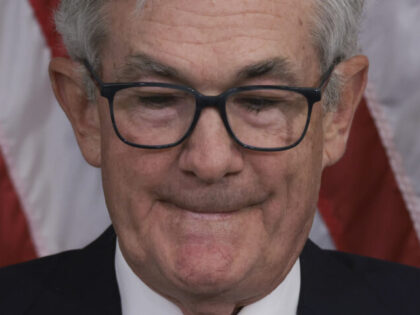
Job openings fell to 9.6 million in March, the Labor Department said Tuesday. That’s the lowest level of openings since April of 2021.
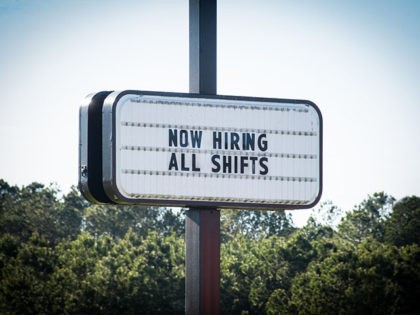
The number of job openings fell to 9.931 million as of the last day of February.

Job openings fell, reversing the rise seen in September.

A big and unexpected reversal for the Federal Reserve in a closely watched measure of the labor market. The job vacancy ratio is back up to 1.9.

Yesterday we explained that good news is bad news. Financial markets on Tuesday confirmed the corollary: bad news is good news.

Jerome Powell’s dream of taming inflation by bringing down job vacancies has turned into a nightmare of an overheating labor market.

Retail and construction openings crashed in June as the Fed raised interest rates at the fastest pace in decades.

While other parts of the economy seem to be teetering on the brink of recession, the labor market remains strong.

There are 1.7 jobs for every unemployed worker in America.

People are leaving their jobs in record numbers.
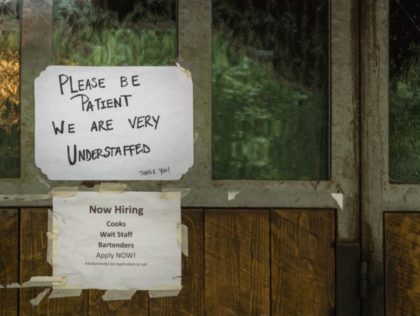
According to the report, 4.4 million Americans — three percent — chose to voluntarily leave their place of employment.

U.S. employers posted a record number of available jobs in June, data from the U.S. Bureau of Labor Statistics showed Monday. There were 10.1 million job openings on the last business day of June, according to the BLS. As well,

Job openings are up and actual hires are down, highlighting ongoing distortions in the Biden economy.
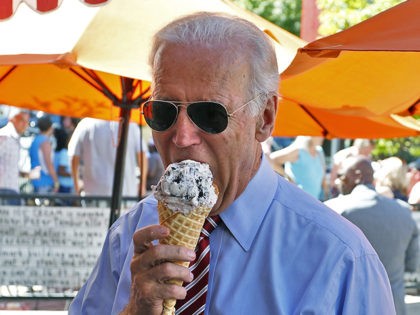
U.S. employers posted a record number of available jobs in April, far surpassing expectations, and March’s record number of openings was revised higher.
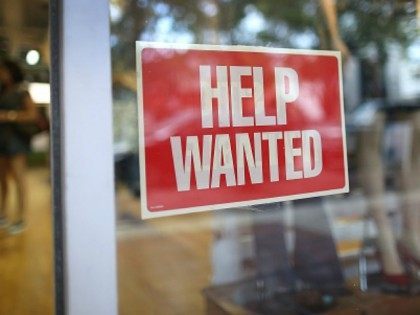
Job openings in the U.S. jumped to 8.1 million in March, a record high, the Labor Department said Tuesday.
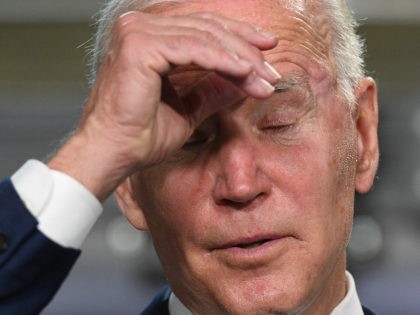
U.S. businesses posted wanted ads for 6.9 million jobs in January, the U.S. Bureau of Labor Statistics reported Thursday. That was an increase from the upwardly revised 6.752 million for December and well-above the 6.585 forecast by economists surveyed by Econoday.

Restaurants, bars, and hotels led the way as the labor market weakened in November.

The latest sign that the economy was stronger than many thought in the months leading up to the 2020 election.
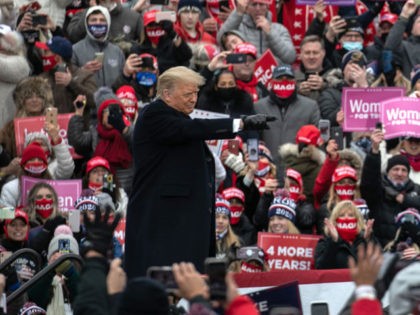
Hiring in manufacturing jumps to the highest level since 2001.

Job openings fell but the ratio of unemployed to openings remains at historically low levels, indicating labor market strength.

Another sign that the economy is finding a firmer footing as we move away from the summer of 2019’s imaginary recession.

Unemployment is at a 50 year lows so it is not surprising that a historic share of the workforce is voluntarily quitting their jobs.

Job openings and hires in the manufacturing sector remain elevated despite trade tensions. Factory layoffs remain very low.
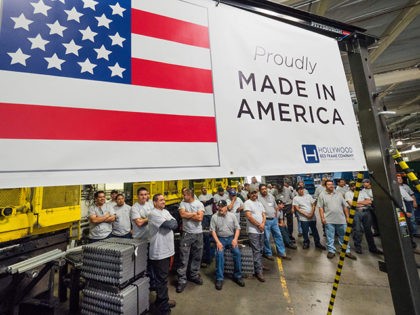
The last time there were this many open manufacturing jobs was all the way back in 2001.
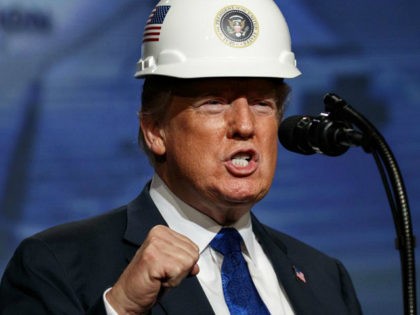
Factory jobs expanded to match the highest ever levels on record, defying predictions of tariff-induced manufacturing stress.
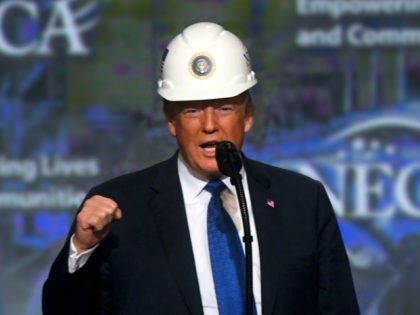
The most job openings ever. And for the fifth month in a row, more jobs than unemployed workers.
